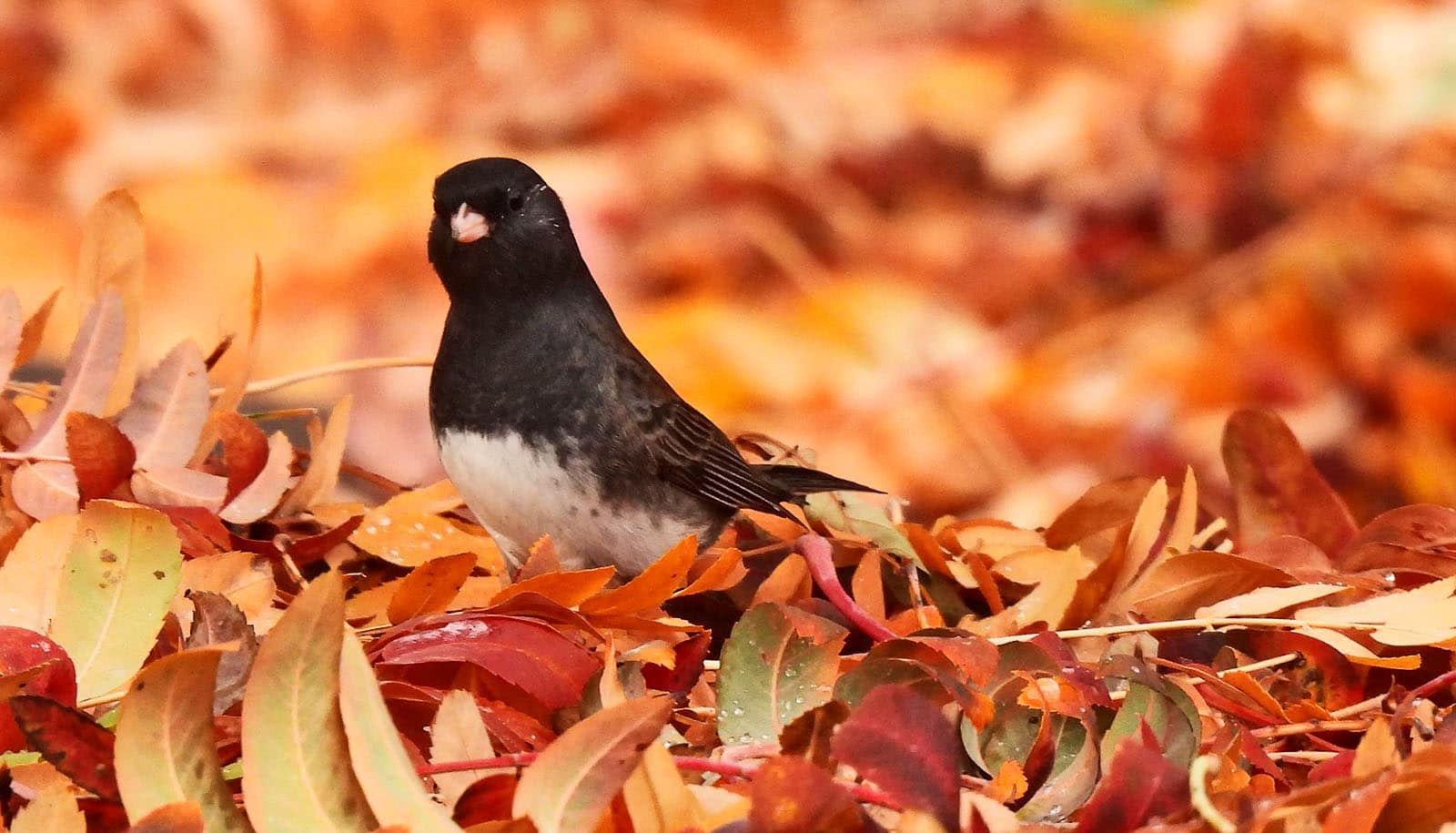Leaving fallen leaves and other yard waste alone can do great things for the climate, a working paper shows.
At the same time, leaves and other yard waste are a boon for backyard biodiversity and soil, according to the calculations of University of Copenhagen professor Per Gundersen.
“We just need to dare to let go of control and make more room for nature…”
According to Gundersen, a professor of forest ecology at the department of geosciences and natural resource management, there are large CO2 savings to be made. Gundersen calculated the implications for Denmark’s national climate account if Danes simply allowed yard waste to decompose in their gardens instead of burning it.
“If everyone went all-in and learned how to manage their garden’s branches and twigs, for example, my calculations suggest that we could store about 600,000 tons of CO2 annually,” he says.
The calculations are based on a simple model that includes the different decomposition processes for leaves, twigs, and branches. When Gundersen deducts the utility that branches and trunks used for bioenergy in the current system provide, the CO2 storage potential of yard waste could meet about half of one percent of Denmark’s 70% reduction target for 2030.
Leaves consist largely of the gas CO2. Minerals taken up into the soil account for less than 5% of a leaf. Leaves are small CO2 stores that absorb CO2 from the air and release some of it while decomposing. Leaves take three to six months to decompose, until half are left (their half-life), while twigs and branches take two to five years. Tree trunks decay over 10 to 20 years.
“When garden waste is burned or composted by municipal waste schemes, CO2 is returned to the atmosphere very quickly. By keeping waste in the garden, the decomposition process is significantly slower. In practice, this means that one builds up a larger and larger storage of CO2 in the garden in the form of twigs, dead branches, and leaves that are left to decompose,” says Gundersen.
Leaves are flying about and filling up yards at this time of the year. But instead of raking them up and hauling them off, there are good reasons to leave them in the yard.
“Leaves help nourish the garden as they feed an entire ecosystem of decomposers. From fungi, bacteria, and tiny, invisible soil creatures to earthworms and roly poly bugs, which help break down and metabolize organic material so that nutrients are released into the soil. These decomposers then act as important food source for larger animals like hedgehogs and birds,” explains Gundersen.
As microorganisms, worms, and other decomposers wage war on the leaves, a large part of the biomass ends up as CO2 that slowly releases into the air over several years. A small portion of the gnawed leaves becomes soil humus, a common name for the complicated organic material that takes a very long time to decompose and is very important for plant health.
“A high humus content in topsoil makes for a dark soil that has a good structure and retains water and nutrients well, which is important if you want garden plants to thrive,” says Gundersen.
But what to make of all those leaves suddenly filling up the garden? Gundersen suggests raking them into planting beds where vegetables grow, or over to areas where you want to avoid weeds. They can also be gathered in a part of the garden that you may be willing to let grow wild and manage itself.
“Funnily enough, while the wind tends to blow leaves around the garden, they often remain in beds or around bushes where there is less wind, which is a good thing,” he says.
By spring, a large portion of the leaves will have already disintegrated and returned into the invisible garden cycle. Leaves from linden and ash trees are especially good at disappearing quickly from gardens. Oak and fruit tree leaves are slower to break down, making them ideal for soil insulation around bulbous plants or vegetables, for example.
“Our gardens can contribute to both the climate and biodiversity crisis by harnessing more garden waste. And then it’s more fun, because there will be a greater abundance of life around the garden. We just need to dare to let go of control and make more room for nature by allowing for twigs and a few dead branches, for example,” concludes Gundersen.
Source: University of Copenhagen


